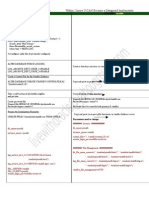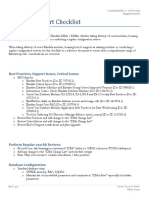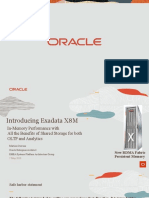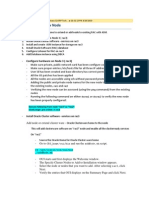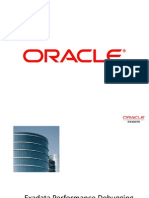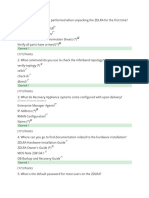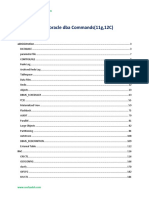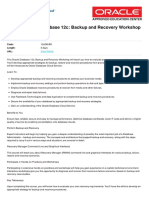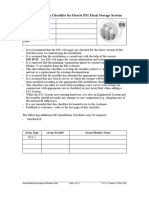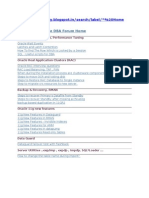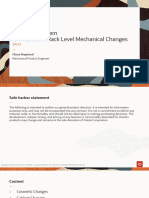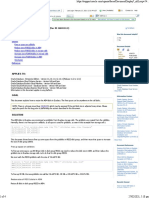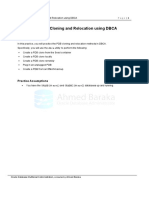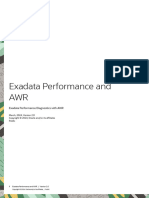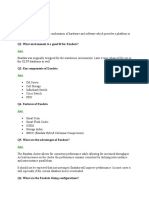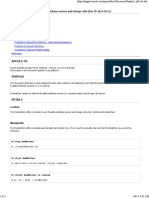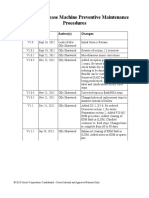100% found this document useful (2 votes)
820 views33 pagesExadata KVM Overview
Uploaded by
Hans-Peter PospisilCopyright
© © All Rights Reserved
We take content rights seriously. If you suspect this is your content, claim it here.
Available Formats
Download as PDF, TXT or read online on Scribd
100% found this document useful (2 votes)
820 views33 pagesExadata KVM Overview
Uploaded by
Hans-Peter PospisilCopyright
© © All Rights Reserved
We take content rights seriously. If you suspect this is your content, claim it here.
Available Formats
Download as PDF, TXT or read online on Scribd
/ 33









